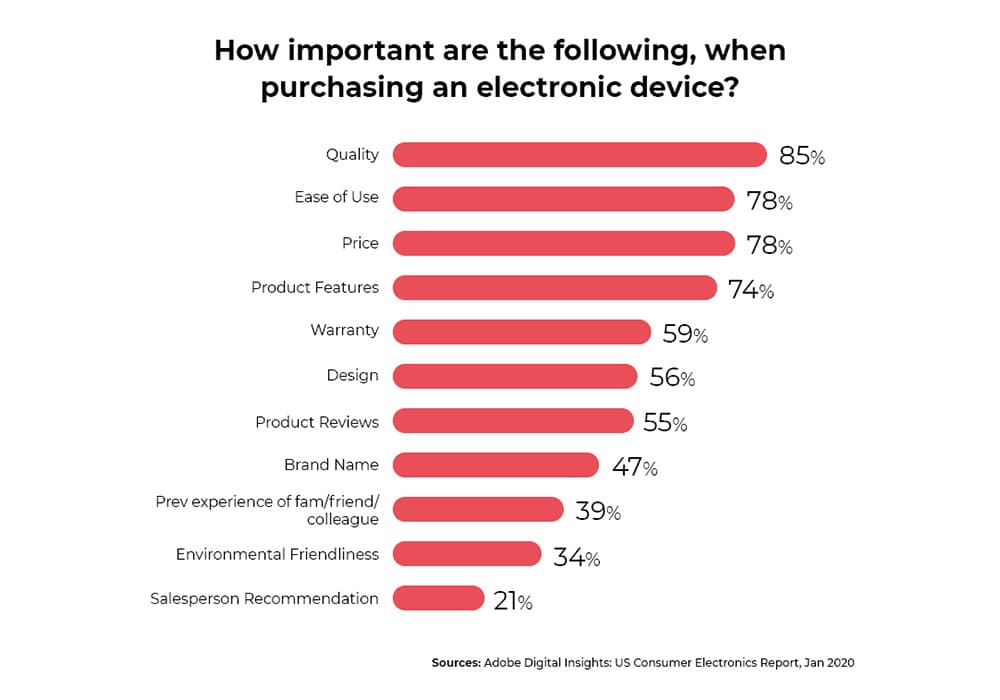02. The significant shortages of multiple manufacturing components, coupled with increasing demand for those supplies from other sectors, means that it is extremely important to predict and understand fluctuations in demand within the sector. Digital transformation can help boost integration of various systems, leading to better accessibility of data and more applicable insights for better decision making.
Machine Learning and AI play a vital role in predictive analysis within the consumer products and retail space by tracking, gathering, managing, and analyzing real-time data to shape an appropriate response. Demand-Driven Predictive Forecasting (DDPF) is said to boost forecast accuracy by 30% to 35%, reduce inventory by 20% to 25% and increase revenue by 3% to 5%. Businesses who have committed to digital transformation will be the best prepared to weather the storms and react accordingly.
Connect with us to learn how we can transform your business






